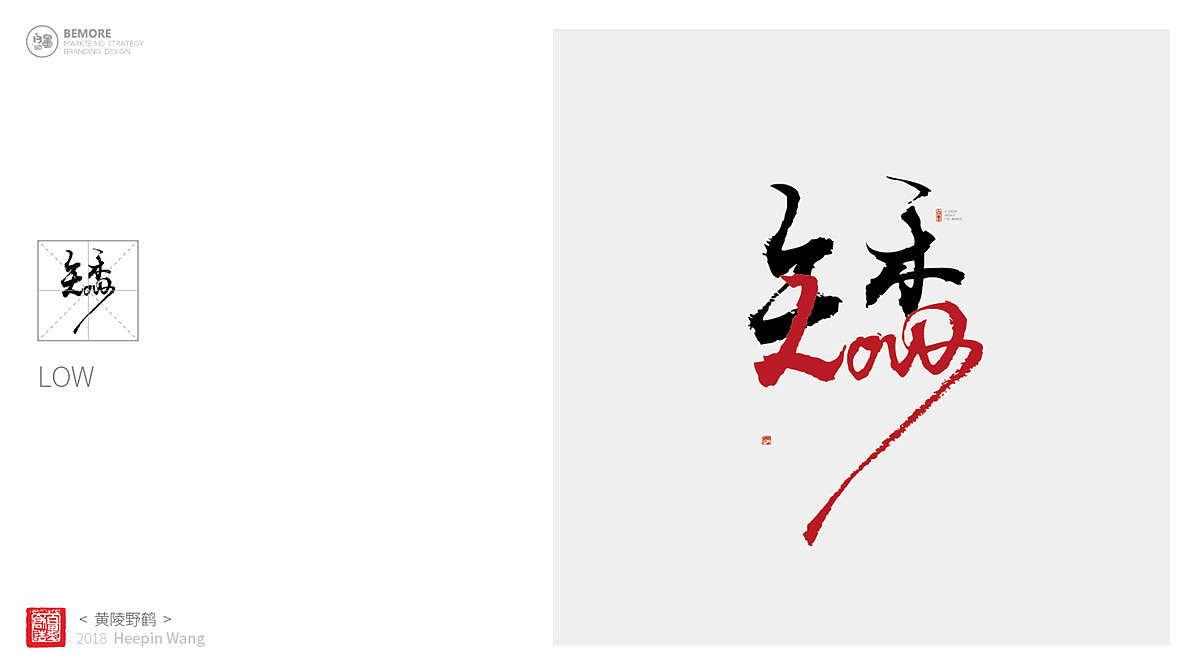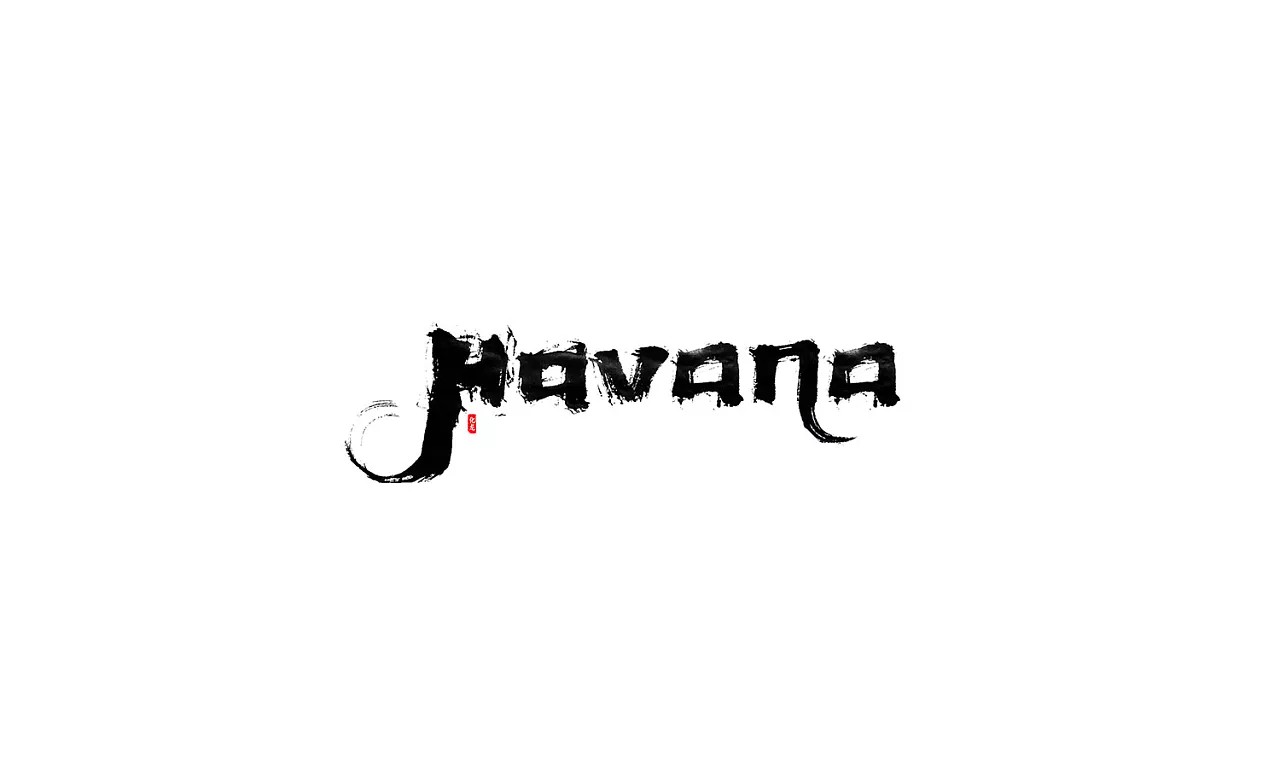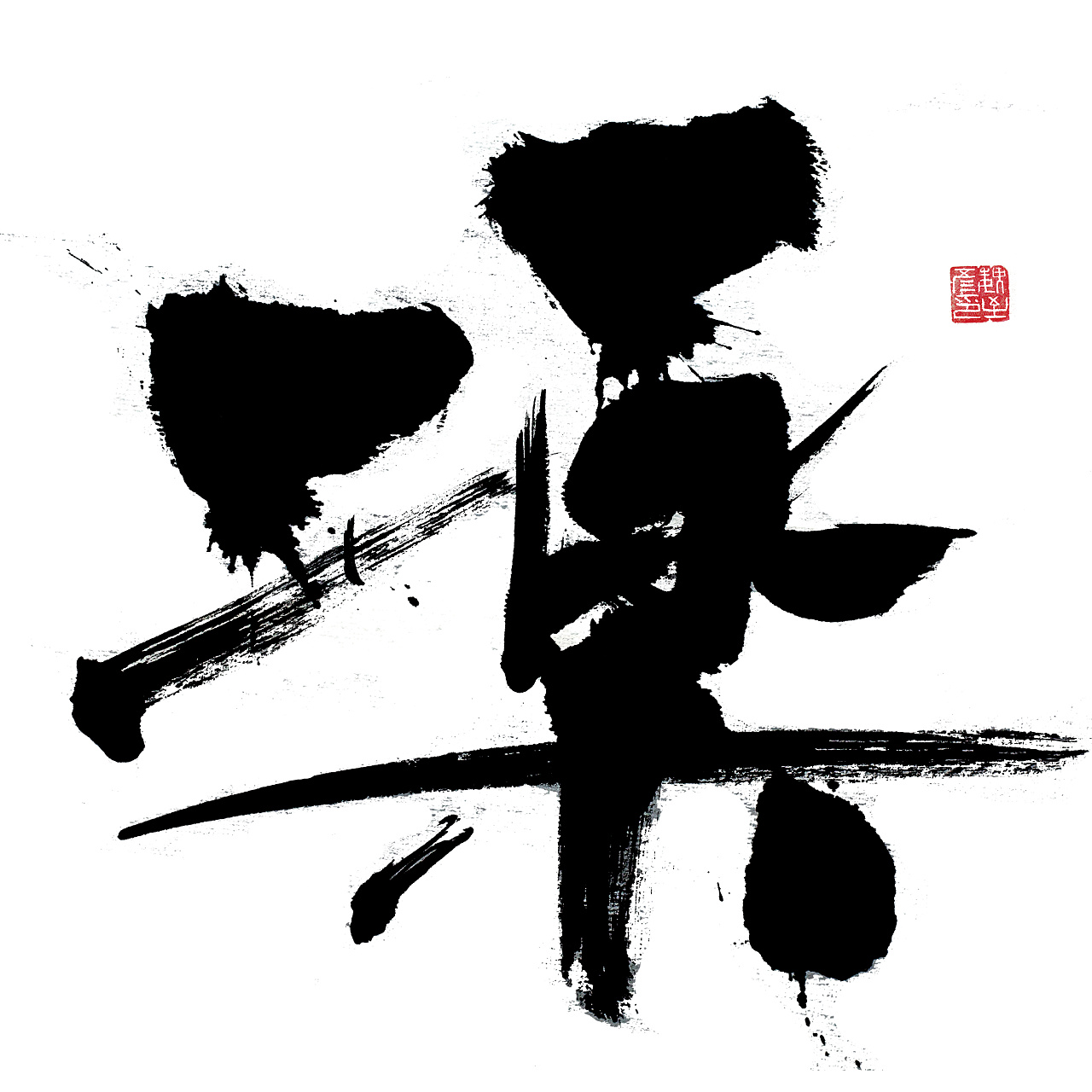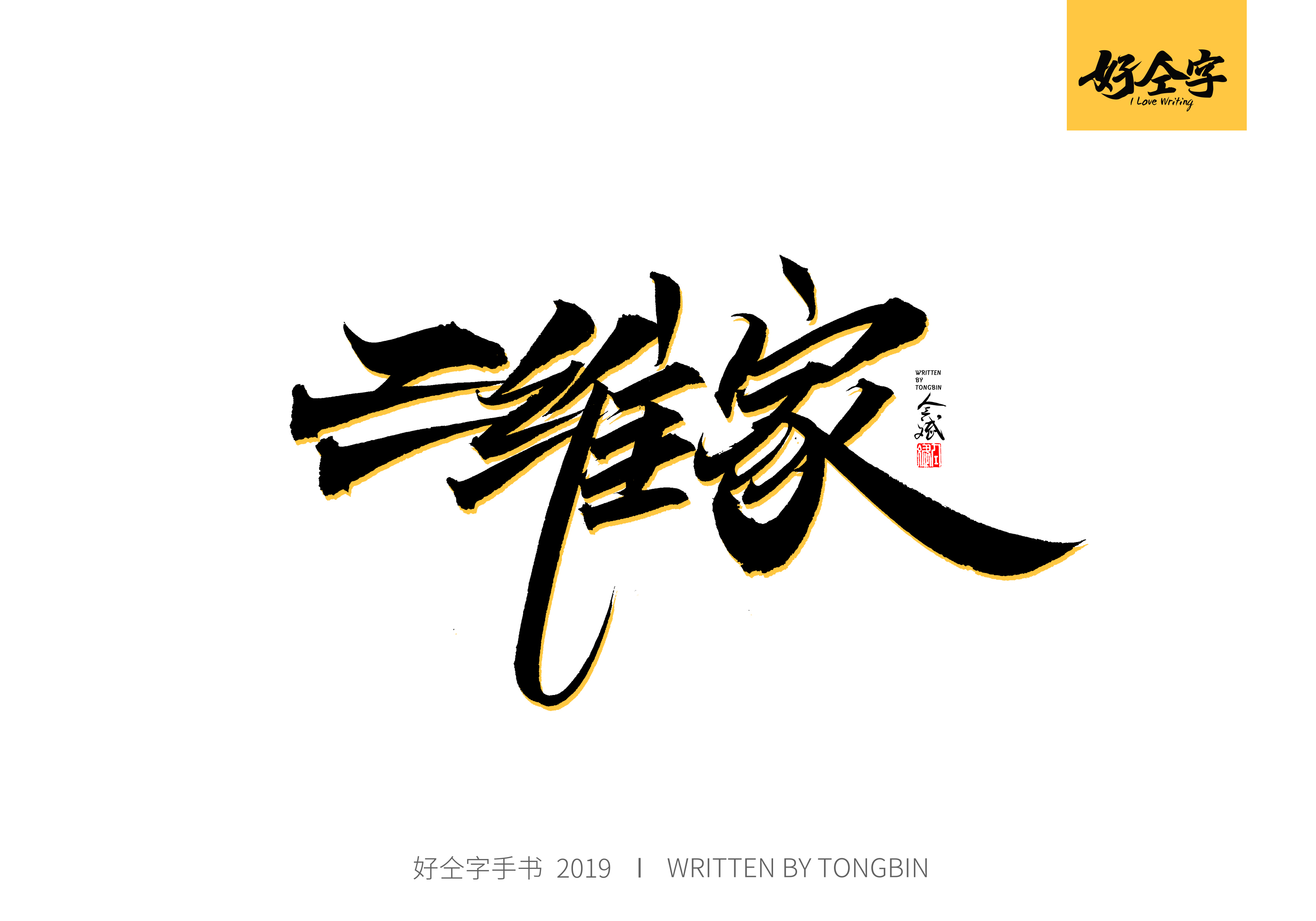

Japanese calligraphy, or "Shodo," is deeply rooted in the country's cultural heritage. Japanese Calligraphy: Balancing Tradition and Modernity

Arabic calligraphers strive to convey both the literal meaning and the spiritual essence of the written word.ĥ.

It is characterized by flowing, cursive lines and intricate geometric patterns. With its roots in the Quranic script, Arabic calligraphy is revered for its religious and aesthetic significance. Arabic Calligraphy: The Art of Islamic ExpressionĪrabic calligraphy, known as "Khatt," holds a special place in Islamic art and culture. The strokes, structure, and balance of each character reflect the calligrapher's mastery and personal style.Ĥ. Chinese characters, known as "Hanzi," are meticulously crafted using a brush and ink. It is regarded as one of the highest forms of visual art and is deeply influenced by Confucianism, Taoism, and Buddhism. Chinese Calligraphy: A Celebration of HarmonyĬhinese calligraphy, also known as "Shufa," holds a revered position in Chinese culture.

However, for the purpose of this article, we will focus on the calligraphic traditions of Chinese, Arabic, Japanese, and Latin writing systems.ģ. Ancient civilizations such as the Egyptians, Mesopotamians, and Mayans all had their unique forms of calligraphy. The history of calligraphy dates back thousands of years, with its origins intertwined with the development of writing systems. From ancient China and the Islamic Golden Age to contemporary Western societies, calligraphy has served as a means of communication, artistic expression, and cultural identity. It has been practiced for centuries and has evolved independently in different parts of the world. Calligraphy is the art of beautiful writing, characterized by the skilled manipulation of various writing tools to create aesthetically pleasing and expressive letterforms.


 0 kommentar(er)
0 kommentar(er)
